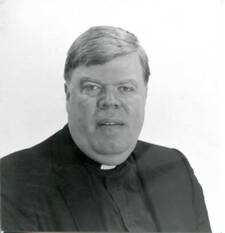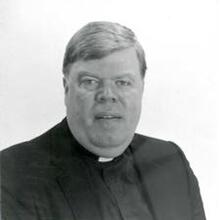Freddie Gray died on April 19 from spinal injuries sustained while he was in custody, being transported in a police van. Protests surrounding his death turned violent on the evening of April 25. The violence intensified on April 27, the day of Gray’s funeral, with a night of arson, looting and assault. Belatedly, the mayor declared a curfew and the governor a state of emergency. An uneasy quiet has since settled on the city as Baltimore wonders about its future.
Claims and counterclaims quickly swirled in the ruins. The police force has long suffered from corruption. In the recent past, one police commissioner went to jail; two police detectives were convicted of selling drugs; and the city was forced to pay a quarter of a million dollars for the false arrest of a man legally recording police officers in action. Our vacillating mayor failed to provide leadership as the protests deteriorated into a riot. In a one-party town, monitored by a single major newspaper in that party’s pocket, civic officials and programs have long been immune from serious criticism.
The riots laid bare the city’s social ills. Approximately a quarter of the city’s population has an income below the poverty line. The unemployment rate for African-American men younger than 25 hovers around 40 percent. It is not clear that simple infusions of government funds will resolve the problems. The Sandtown neighborhood, the center of the riot, has received $130 million in development grants, but there is little to show for the investment. Civic officials are reluctant to face the issues of high property taxes and inefficient municipal services, which have fueled the decades-long flight to the suburbs.
Education is obviously a key to municipal reform, but the Baltimore public school system has the second-highest rate of per capita expenditures among urban schools systems, accompanied by a poor record of academic achievement. Only a robust program of school choice, with a generous use of vouchers and charter schools, can provide an alternative to the stagnant public school system; but in the political climate of Baltimore, such thinking outside the box is, well, unthinkable.
In a city where the rate of out-of-wedlock births now approaches two-thirds, the emergence of virtually fatherless impoverished neighborhoods has devastated the urban social fabric, but no political program can resolve a problem that is spiritual at its heart.
For Baltimoreans who love the city, the immediate aftermath of the riots has been a time to celebrate the city’s vibrant cultural life, which will never receive equal time with the image of Baltimore in flames. The Baltimore Symphony offered a free outdoor concert in front of Meyerhoff Hall. Theaters, libraries and museums offered impromptu programs not so much to protest recent injustices as to celebrate the joy of living in an old city that has long offered asylum to the offbeat artist.
As a decade-long resident of Baltimore, I have come to love the city’s eccentric arts scene. I always seem to be climbing the winding stairway up to An Die Musik’s quaint concert hall (complete with stuffed armchairs for the audience and a 19th-century curved sounding wall) or down the concrete stairway to the hidden Spotlighters Theatre, happy to present works hot-off-the-press from local Charm City playwrights. Not every city offers Bulgarian mime, Japanese ballet and John Waters film festivals in dimly lit basements and attics. This creative, often occult fire is the city’s genius.
For longtime Baltimoreans, one memory haunts their anxiety about the future. The city has never recovered from the riots of 1968. Boarded-up stores and theaters still occupy North Avenue, a center for both the earlier and the recent riots. A newcomer quickly discovers that the department stores that closed after the earlier conflagration had no successors. Major purchases are now made in suburban malls.
No one suffered more during the recent riots than Danto Hickman, a Baptist minister in East Baltimore. A $16 million senior citizen housing center he had worked to build was destroyed by an arsonist on April 27. Recovering from his initial shock, he affirmed his commitment to stay in the city and rebuild: “This is not a setback but a setup to restart this project.... We are delayed, not destroyed.”








